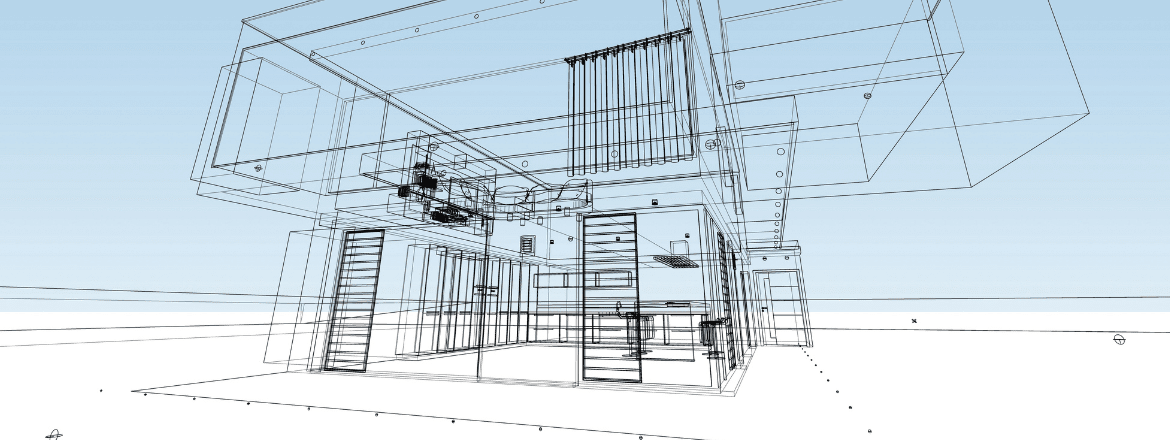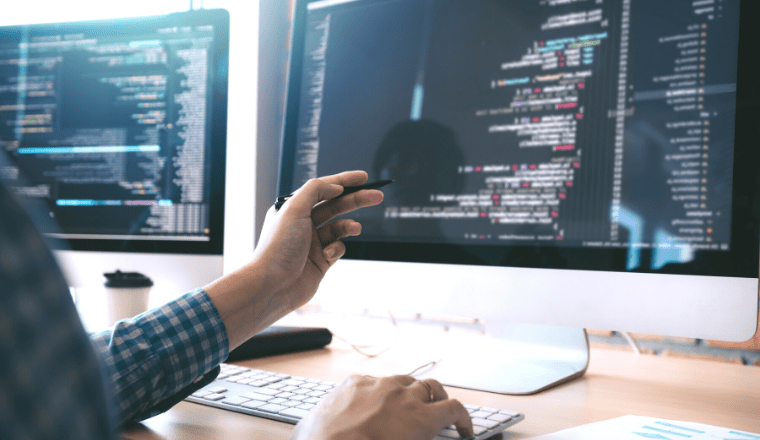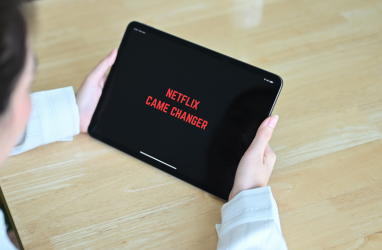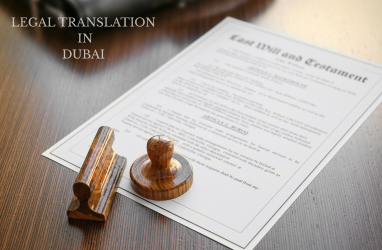Legal Implications of Digital Twins
Digital twins have immense legal implications due to their complex nature. Apart from the intellectual property rights stemming from the digital twin design, there are several other factors to consider. For instance, digital twins act as a reserve for data from the physical twin. This includes specific information detailing the physical assets' design, construction, performance, and depreciation.
However, as digitalization grows so will the use and models of digital twins. As more and more complex predictive models become commonplace, what will be their legal status and implications? The UK government, for example, is advocating for intricate digital twins that can be used to make critical decisions regarding population growth and planning, among other things. As such, a model of this scale poses some challenges pertaining to ownership and governance. As such legal implications for issues regarding data ownership, cause/effect, and liability to be clear.
Data ownership, in particular, is an intellectual property right that is yet not adequately applicable to digital twins. Consider for a moment the dilemma that could arise if a digital twin is designed and operated separately from its physical twin. In the event of a conflict, unraveling the legal dilemma might prove difficult.
In some cases, conflict might be avoided by including digital twin and data ownership in the contracts covering the project. Something similar to how creators like photographers define the owner of the different images as separate from image use.
Such agreements would need to take into account the lifespan of the digital twin. This is because data access, for instance, should be equally long or longer than the life of the digital twin. This is because a digital twin will only ever be as good as the data that goes into it.
On the other hand, the legal implications flowing from data sharing and confidentiality also pause a legal dilemma. Without data sharing, digital twins would be useless. However, most intellectual property and legal norms do not account for non-essential data sharing. Especially in complex cases where ownership is already vague.
As such, it is often beneficial to employ an intellectual property expert to break down the different facets of digital twin use, ownership, and legal implications to ensure that the digital twin realizes its full potential. Notably, the legal implications arising from risks associated with data sharing must be taken into consideration. Appropriate measures must be considered to ensure confidentiality regarding the sharing of sensitive data. In fact, non-disclosure agreements and confidentiality clauses can be included in contracts to enforce this.
Liability arising from digital twins is possibly the most complex legal impact of digital twins. Legally, to hold someone liable for any form of loss you must be able to prove that the liable party failed to fulfill their duty leading to the loss or injury they are liable for.
As such liability is difficult to prove because digital twins are a network of connected systems. As such, changes in one system ripple out to affect the entire model. With multiple users and data sources, errors may be difficult to identify and trace. One way to overcome this challenge is to create a centralized command center that gatekeeps and authorizes data changes. However, even then errors may still occur and be difficult to trace. As such, attributing liability is not so simple.
In addition, errors could have originated outside the digital twin ecosystem. For instance, if sensors on the physical twin are not working accurately. The Gemini principles published by Digital Built Britain’s Digital Framework Task Group aim to help build trust among collaborators for projects requiring high levels of accuracy from multiple sources. The principles emphasize the need to define the clarity of purpose, quality, and effective function to facilitate the optimal operation of digital twins. These principles should perhaps be outlined in contracts to foster trust and accountability.
Conclusion
The digital domain is a vast expanse and growing at an exponential rate. The use of digital twins as such is bound to only grow and become more complex. The legal implications of digital twins are vast and challenging to navigate as the models used to become more and more complex.
As such, it is important that all parties involved in the use of digital twins adequately define ownership, responsibility, and liability at the start of the project. If this is done properly it will ensure that all parties are adequately covered legally.
As such, it might be ideal to employ an intellectual property expert to help guide you through the process. If you would like to learn more about digital twins and intellectual property protection, drop us a line at [email protected] and we would be happy to schedule a complimentary consultation.





